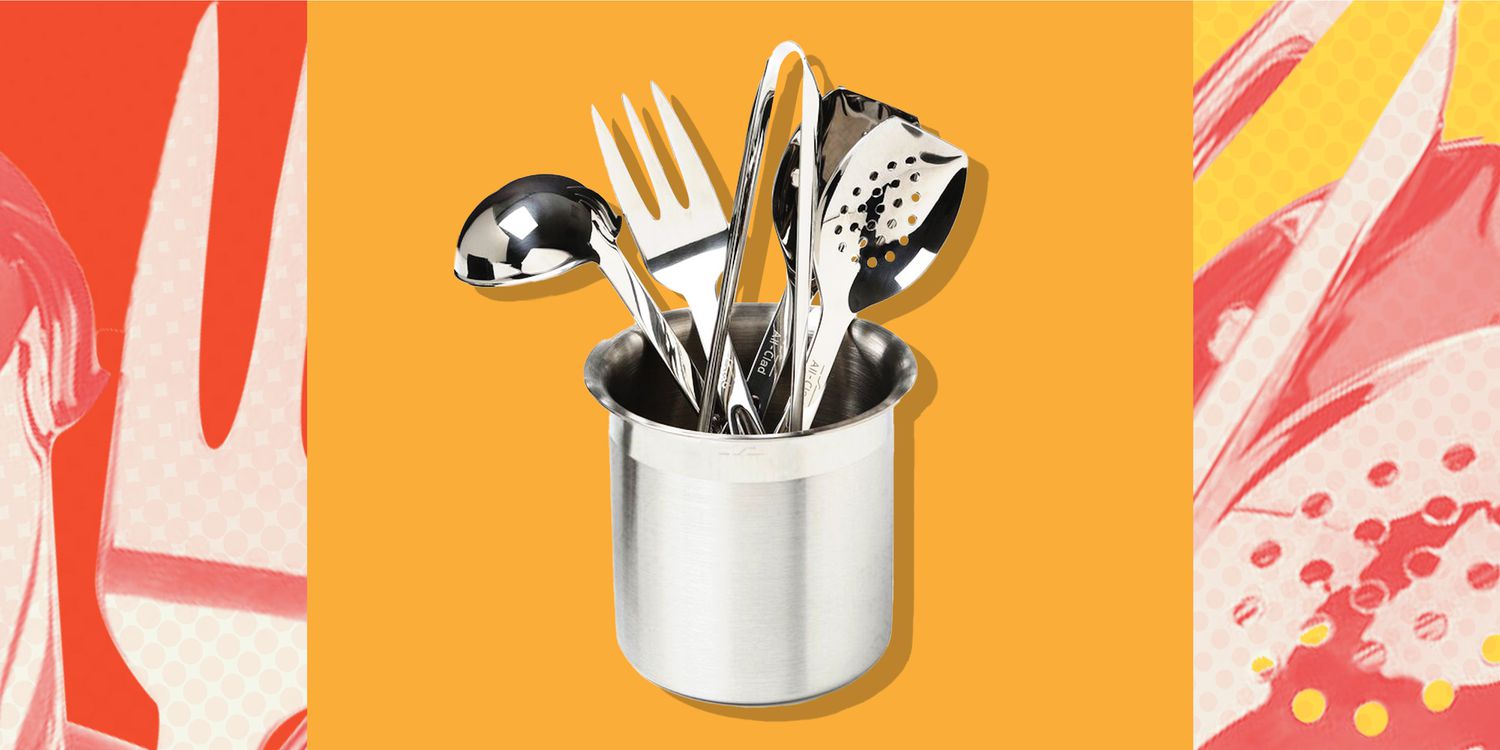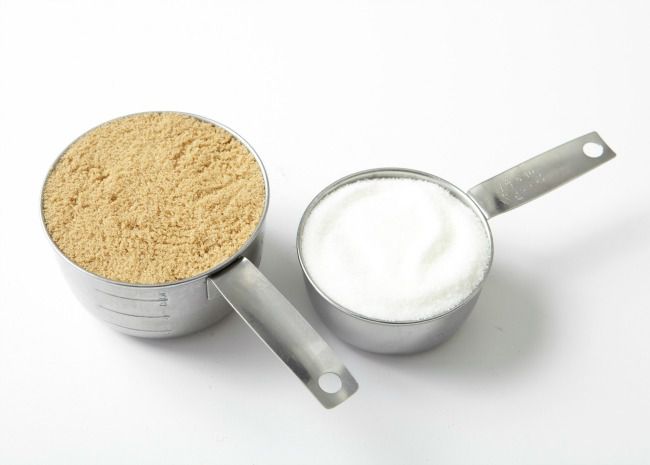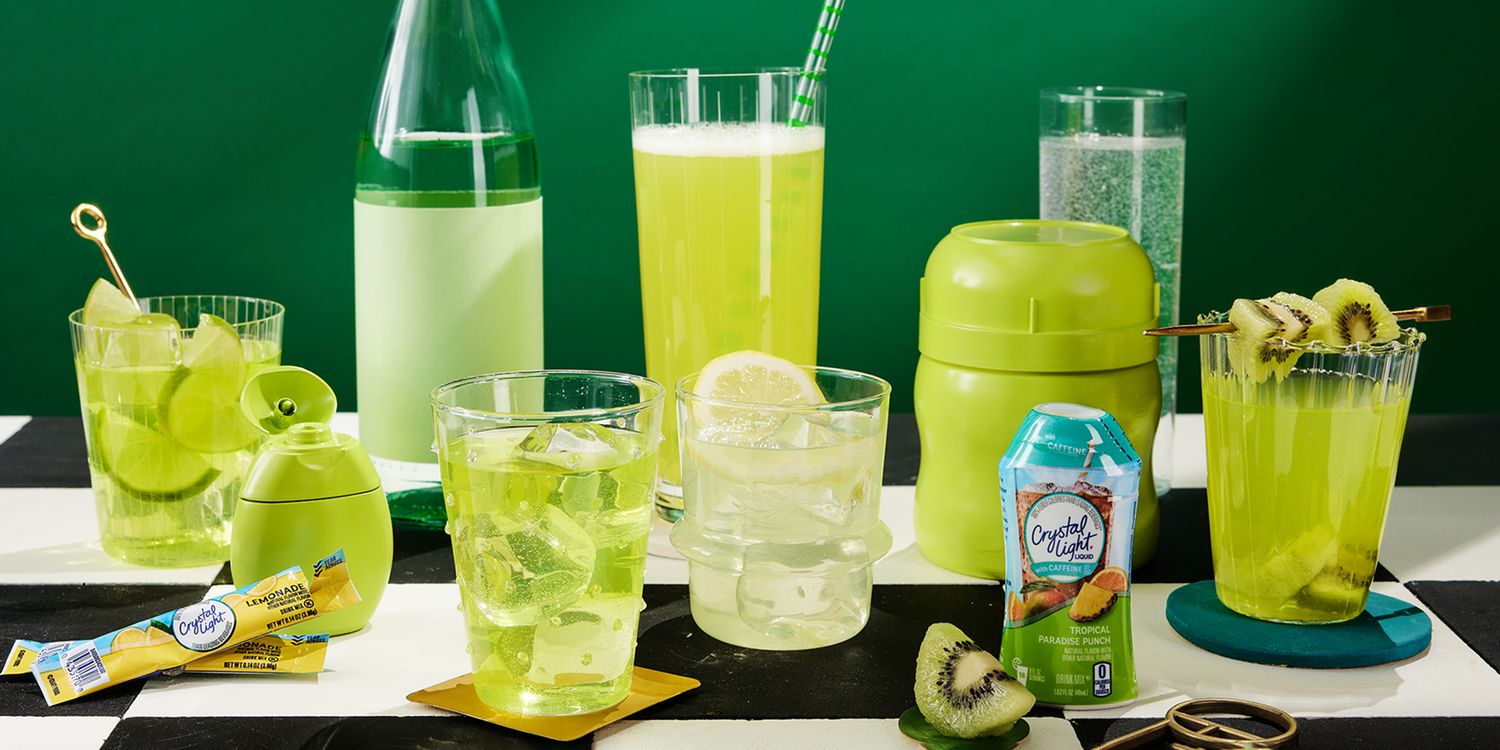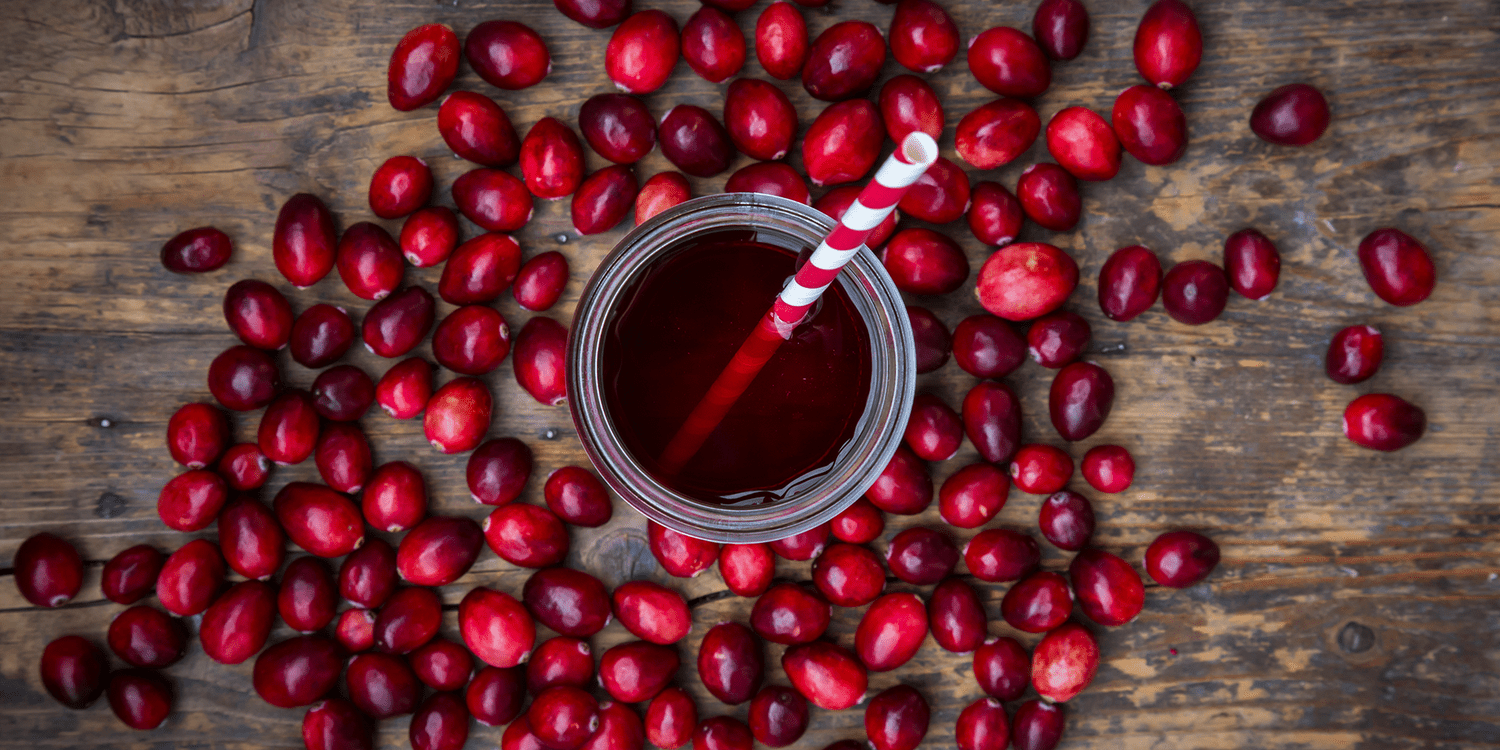The best things in life are free, but outfitting a dream kitchen often requires considerable financial investment. For those whose appetites for quality cookware outpace their bank balances, however, an offset spatula may just be the most valuable kitchen appliance $8 can buy.
This tiny, multi-purpose tool knocks out prep work with a flick of the wrist, quietly disguises sloppy knife cuts, and so much more. Plus, it takes up minimal space in your silverware drawer. Does it look like a cake froster? Yes. But that’s just the tip of the icing.
What Is an Offset Spatula?
Offset spatulas look like a cross between a knife and a pancake flipper: A narrow, eight-inch blade with rounded corners attaches to a rubber or wooden handle at a 30-degree-angle “drop” for the first one and a half inches, then flattens parallel to the handle for the rest of the blade’s length.
These specs are crucial. The offset portion is slightly smaller than most 8- or 9-inch cake pans, so you can apply icing without sacrificing any corners. It’s also about the same size as most sliced breads, ensuring quick and easy application of butter, mustard, mayonnaise, and the like.
“It’s perfect for spreading,” says Melanie Underwood, owner of culinary education platform Gather Culinary, “If you want something smooth on the surface, run hot water on the back of the offset and then put it into whatever you want to spread.”
Finally, the offset blade is (probably!) not larger than the span of your hand from index fingertip to wrist, so maneuvering it is a snap. While larger offset spatulas are available, I find the nine-inch models awkward to use, especially when handling moist cupcakes, hot burgers in need of ketchup and mustard, or avocados ripe for toast.
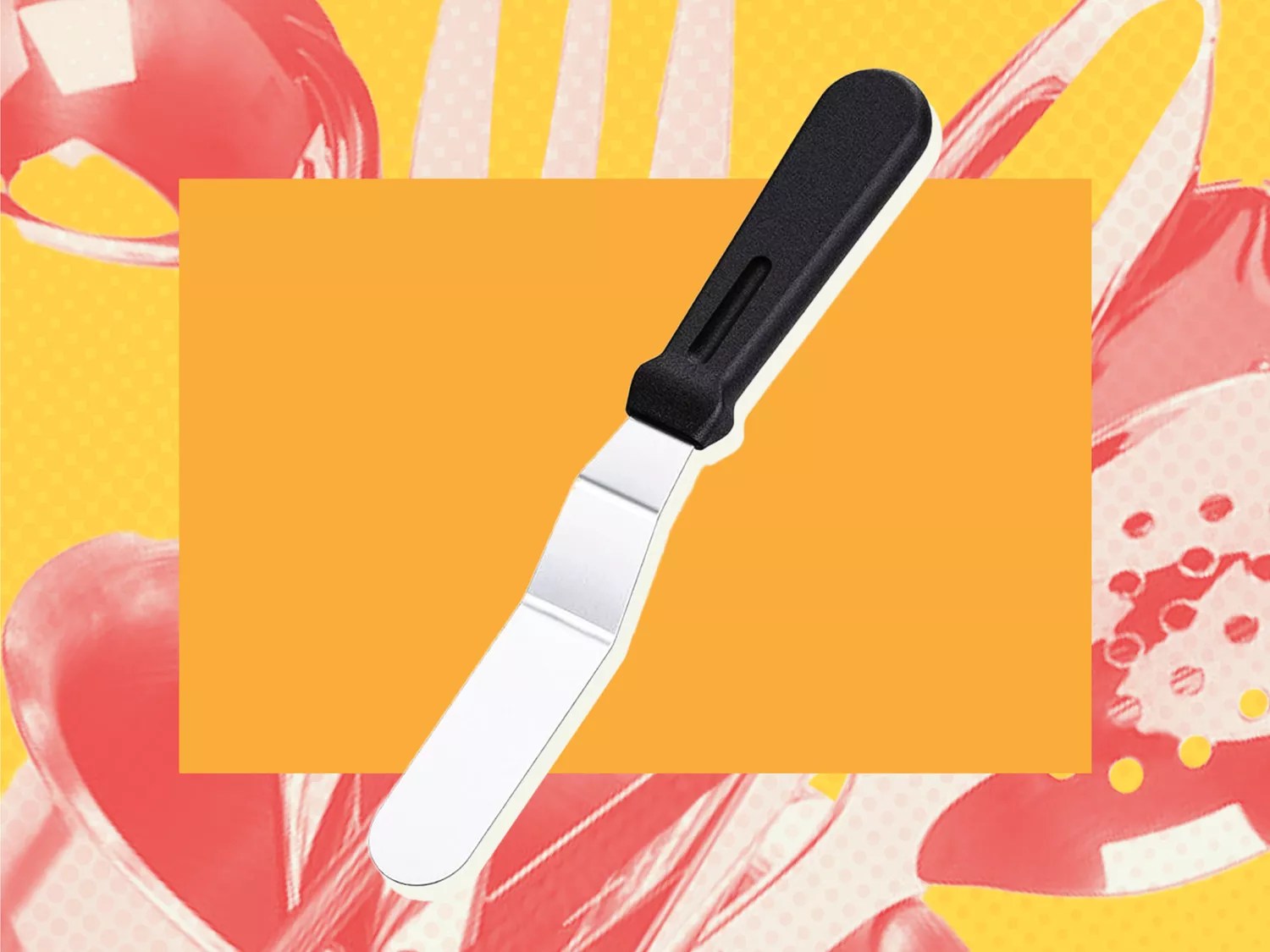
Dotdash Meredith/Janet Maples
What Does an Offset Spatula Do?
Marketed as a pastry tool, offset spatulas are indeed cake bosses. Thanks to that 30-degree angle, you’re never stabbing at the delicate crumb of a freshly baked sheet cake, and you can make artful swirls, peaks, and valleys atop cupcakes with about the same effort it takes to brush your teeth.
But this tool has all sorts of savory applications, too. I use it to confidently and consistently dress sandwiches or burgers, so each nook and cranny gets the same amount of spread. If you’ve ever wondered how your local café gets the tuna fish salad to crest above your baguette just so, well, here is your answer.
It’s also a boon for reconstituting sticky tahini or peanut butter, and portioning out dollops of miso or gochujang. Underwood uses hers to lift baked goods out of pans, spread cream cheese, and flip latkes. If you want to create Instagram-worthy avocado toast without mangling your fruit, simply halve an avocado lengthwise with a serrated knife, pop out the pit, and hold the fruit in your non-dominant palm while you carve picture-perfect segments on a diagonal slant.
Plus, when you fry or sauté on the stove top, an eight-inch offset spatula is a great alternative to larger tools for cooks with small hands or limited mobility too. “For kids, or for people with arthritis, the plastic handle is easier to grab, so they can use it to flip foods like pancakes or hashbrowns,” she says.
What an Offset Spatula Doesn’t Do
It may look like a knife, but an offset spatula’s purpose is to spread, not cut. It can’t supreme citrus or slice through anything tougher than hummus. I tried that avocado technique on a ripe tomato and was left with a misshapen mess and a pool of pulp on my cutting board. The offset spatula blade has some give but isn’t super flexible, so you can’t bend it as you would a synthetic tool. And while it seems like something you might use to mash bananas for baking breads and the like, I find an old-fashioned fork is still the best bet.
Still, I can think of a lot of things I’ve spent $8 on and regretted. Meanwhile, an offset spatula can help you spread, sauté, and sleep at night.

